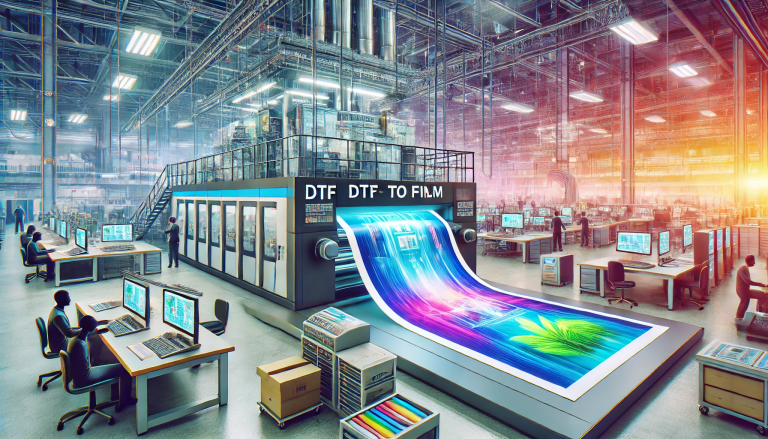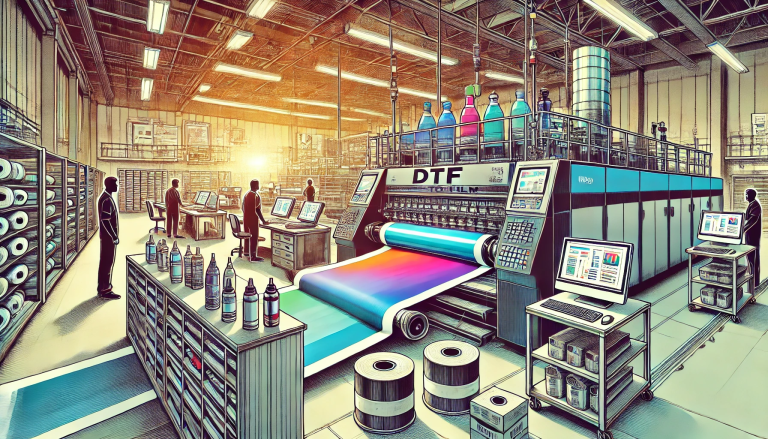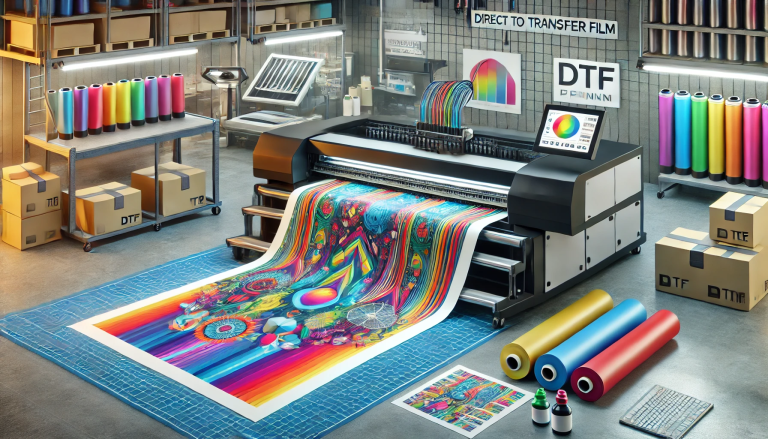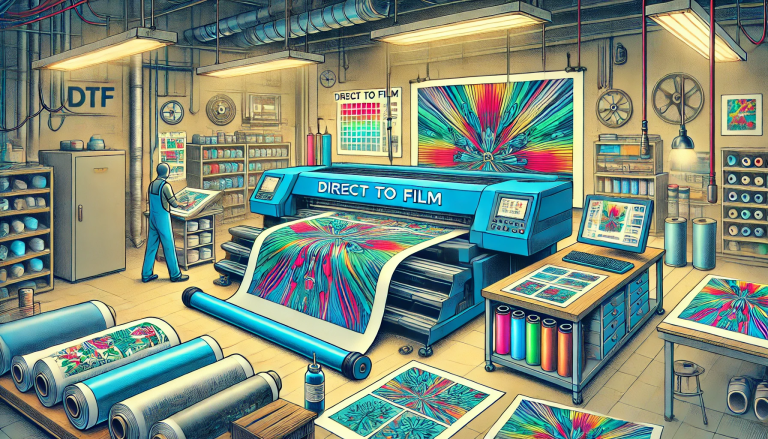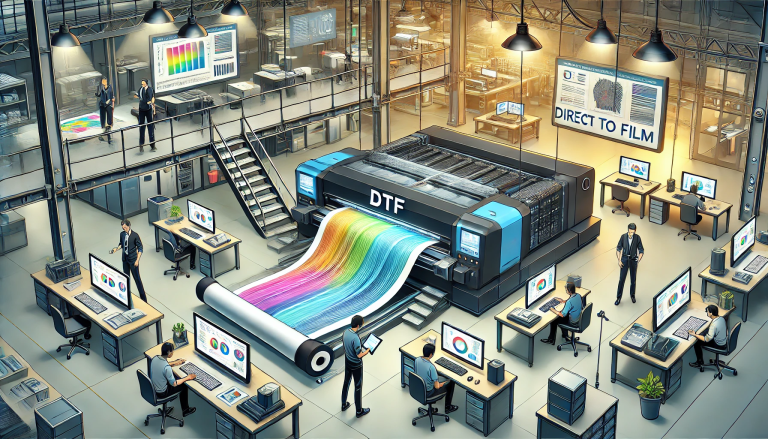The heat transfer film manufacturing industry has seen remarkable advancements over the past few decades. With growing demands for aesthetic appeal, durability, and cost-effectiveness in product packaging and decoration, heat transfer films have emerged as a versatile solution. These films are widely used across various industries, including automotive, textiles, packaging, and consumer goods. This article explores the innovations and trends shaping the heat transfer film manufacturing industry, highlighting key developments and their implications.
The Evolution of Heat Transfer Films
Heat transfer films, also known as thermal transfer films, are designed to transfer printed designs onto various substrates through heat and pressure. Traditionally, these films were primarily used for labeling and branding purposes. However, technological advancements have expanded their applications to more complex and decorative uses.
Early heat transfer films were limited in terms of color range and durability. They often faced issues like fading, cracking, and poor adhesion. However, modern heat transfer films boast enhanced qualities, such as vibrant colors, high durability, and excellent adhesion to various surfaces, including plastics, metals, and textiles. This evolution has been driven by continuous research and development, focusing on improving ink formulations, film materials, and manufacturing processes.
Technological Advancements
Digital Printing Technology
One of the most significant advancements in heat transfer film manufacturing is the adoption of digital printing technology. Unlike traditional screen printing, digital printing allows for precise and intricate designs with a broader color spectrum. This technology has enabled manufacturers to produce high-quality, custom designs with faster turnaround times and lower production costs. Digital printing also supports on-demand printing, reducing waste and inventory costs.
Eco-Friendly Materials
With increasing environmental concerns, the industry is shifting towards eco-friendly materials. Manufacturers are now developing heat transfer films using biodegradable and recyclable materials. These films not only reduce the environmental footprint but also comply with stringent regulatory standards. The use of water-based inks and solvent-free adhesives further minimizes the impact on the environment.
Advanced Coatings
The development of advanced coatings has significantly enhanced the performance of heat transfer films. These coatings improve resistance to abrasion, chemicals, and UV radiation, ensuring that the transferred designs remain intact and vibrant over time. Anti-scratch and anti-fingerprint coatings are also gaining popularity, especially in the consumer electronics and automotive industries.
Trends Shaping the Industry
Customization and Personalization
The trend towards customization and personalization is driving the demand for heat transfer films. Consumers today seek unique and personalized products, from custom apparel to bespoke home decor. Heat transfer films offer a cost-effective solution for producing personalized designs in small batches, catering to individual preferences. This trend is particularly prominent in the fashion industry, where personalized clothing and accessories are in high demand.
Smart and Functional Films
The integration of smart and functional features into heat transfer films is an emerging trend. These films can incorporate functionalities such as temperature sensitivity, light reflection, and even electrical conductivity. For instance, heat transfer films with thermochromic properties change color with temperature variations, adding an interactive element to products. Such innovations open up new possibilities for product design and user experience.
Expansion into New Markets
The versatility of heat transfer films is leading to their adoption in new markets. The automotive industry, for example, uses these films for interior and exterior decorations, offering a cost-effective alternative to traditional painting and plating. Similarly, the home appliance sector is increasingly using heat transfer films for aesthetic enhancements and branding. This expansion into new markets is driving the growth of the heat transfer film manufacturing industry globally.
Challenges and Opportunities
Despite the advancements, the heat transfer film manufacturing industry faces several challenges. The primary challenge is ensuring consistent quality and performance across different substrates and applications. Manufacturers need to invest in research and development to overcome these challenges and meet the diverse needs of their customers.
Another challenge is the high initial investment required for advanced printing and coating technologies. However, the long-term benefits, such as reduced production costs and improved product quality, make these investments worthwhile.
The growing demand for eco-friendly and sustainable products presents a significant opportunity for the industry. Manufacturers who can develop and market environmentally friendly heat transfer films will have a competitive edge in the market. Additionally, the rise of e-commerce and the increasing popularity of custom products offer new avenues for growth.
Conclusion
The heat transfer film manufacturing industry is undergoing a transformative phase, driven by technological advancements and evolving market demands. Innovations in digital printing, eco-friendly materials, and advanced coatings are enhancing the quality and versatility of heat transfer films. Trends like customization, smart functionalities, and market expansion are shaping the future of the industry. While challenges remain, the opportunities for growth and innovation are immense. As manufacturers continue to push the boundaries of technology and design, the future of heat transfer films looks promising, offering exciting possibilities for various industries and consumers worldwide.

